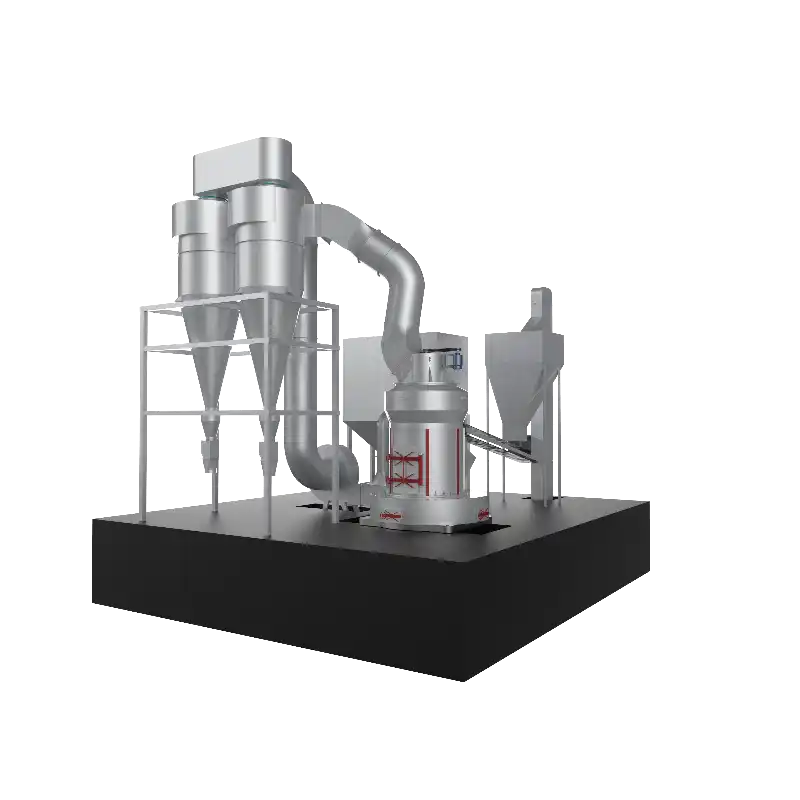Contents Catalog

Calcium hydroxide, with the chemical formula Ca(OH)₂, is a widely used chemical compound that plays a significant role in various industries and applications.
I. In the Construction Industry
One of the most prominent applications of calcium hydroxide is in the construction field. It is a key ingredient in mortar and plaster. When mixed with sand and water, calcium hydroxide forms a paste that hardens over time. The chemical reaction involved is the carbonation of calcium hydroxide in the presence of carbon dioxide from the air. This process leads to the formation of calcium carbonate, which gives the mortar and plaster their strength and durability. It helps to bind the building materials together, providing a solid and stable structure. For example, in the construction of brick walls, the mortar containing calcium hydroxide ensures that the bricks are firmly held in place, preventing the wall from collapsing.
II. In the Environmental Field
Calcium hydroxide is also utilized in environmental protection. It is commonly used in wastewater treatment plants. In acidic wastewater, calcium hydroxide acts as a neutralizing agent. Acidic industrial effluents, such as those from mining operations or chemical manufacturing, can have a detrimental impact on the environment if discharged without treatment. By adding calcium hydroxide, the pH of the wastewater is increased, neutralizing the acidity. This helps to precipitate heavy metals present in the wastewater. Many heavy metals form insoluble hydroxides in the alkaline environment created by calcium hydroxide. For instance, lead, cadmium, and copper ions can be removed from the wastewater in the form of their respective hydroxides, reducing the toxicity of the effluent and making it safer for disposal or reuse.
III. In the Food Industry
In the food industry, calcium hydroxide has several applications. It is used in the processing of certain foods, such as corn. In the traditional method of making tortillas, corn is soaked in a solution of calcium hydroxide, also known as slaked lime. This process, called nixtamalization, has multiple benefits. Firstly, it helps to remove the outer hull of the corn more easily, improving the texture of the final product. Secondly, it increases the bioavailability of nutrients like niacin in the corn. Niacin deficiency was a common problem in populations relying heavily on corn as a staple food before the adoption of nixtamalization. Additionally, calcium hydroxide is sometimes used as a food additive to adjust the pH of food products, which can affect the flavor, texture, and shelf life of the food.
IV. In the Medical and Dental Fields
Calcium hydroxide has important applications in medicine and dentistry. In dentistry, it is used as a pulp-capping agent. When the pulp of a tooth is exposed due to deep decay or trauma, calcium hydroxide can be applied to the exposed area. It has the ability to promote the formation of secondary dentin, which helps to protect the pulp and potentially save the tooth. In medicine, calcium hydroxide is used in some topical formulations. It has antiseptic and antibacterial properties, which can be beneficial in treating certain skin infections or wounds. It can help to create an alkaline environment that is unfavorable for the growth of many bacteria, thereby aiding in the healing process.
V. In the Chemical Industry
In the chemical industry, calcium hydroxide is used in the production of other chemicals. It is a precursor in the manufacture of calcium carbonate, which has a wide range of uses from fillers in plastics and paper to a component in antacid tablets. Calcium hydroxide is also involved in the production of bleaching powder. When chlorine gas is passed over calcium hydroxide, bleaching powder is formed. This bleaching powder is widely used in the textile industry for bleaching fabrics and in the disinfection of water in swimming pools and water treatment plants.
VI. In the Agricultural Sector
In agriculture, calcium hydroxide is used to adjust the soil pH. Many soils are either too acidic or too alkaline for optimal plant growth. If the soil is too acidic, adding calcium hydroxide can raise the pH and make it more suitable for a wider range of crops. It also provides a source of calcium, which is an essential nutrient for plants. Calcium is involved in cell wall formation and other physiological processes in plants. Moreover, calcium hydroxide can be used to treat certain plant diseases. For example, it can be applied to the soil to control clubroot disease in cruciferous vegetables. The alkaline environment created by calcium hydroxide helps to suppress the growth of the pathogen responsible for the disease.
In conclusion, calcium hydroxide is a versatile compound with a diverse range of applications in construction, environmental protection, food, medicine, chemical manufacturing, and agriculture. Its unique chemical properties make it an invaluable substance in numerous industrial and practical contexts, contributing to the development and well-being of various aspects of modern society.







